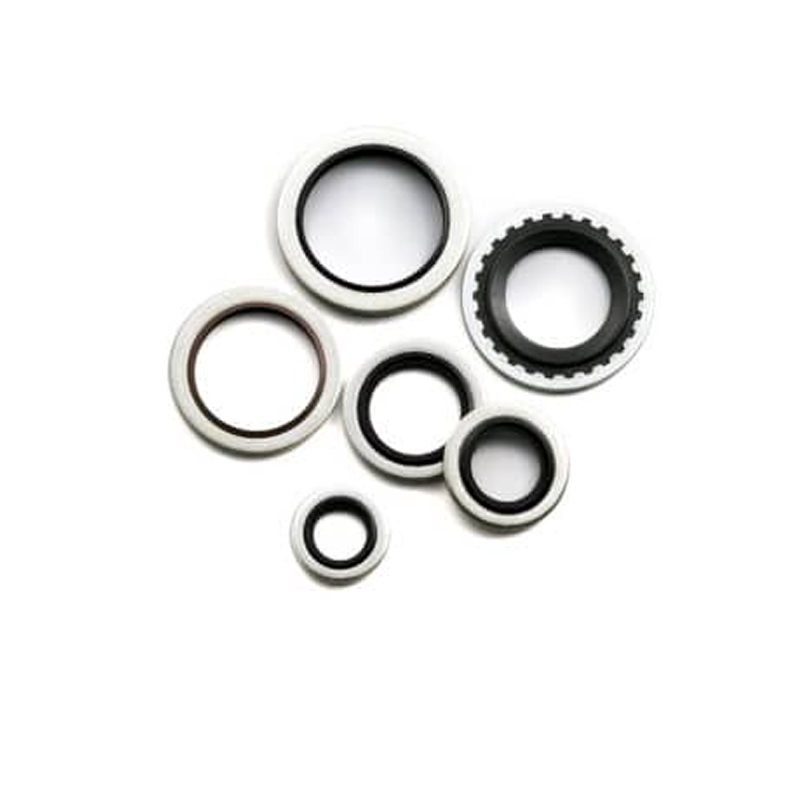Understanding the Importance and Function of Engine Crankshaft Seals in Vehicle Performance
Understanding Engine Crankshaft Seals Importance and Maintenance
The engine crankshaft seal is a crucial component in any internal combustion engine. It serves a vital role in maintaining the integrity of the engine by preventing oil leaks, protecting against contaminants, and ensuring optimal performance. Understanding the function, importance, and maintenance of the crankshaft seal can greatly extend the life of an engine and prevent costly repairs.
What is a Crankshaft Seal?
The crankshaft seal, commonly referred to as the oil seal, is located at both ends of the crankshaft, which connects the engine's piston and its rotating components. These seals are typically made of durable materials such as rubber or silicone, designed to withstand high temperatures and pressures. The primary function of the crankshaft seal is to contain the engine oil within the lubrication system, preventing it from leaking out while also blocking dirt and debris from entering the engine.
Importance of the Crankshaft Seal
Properly functioning crankshaft seals are vital for several reasons
1. Preventing Oil Leaks One of the most immediate concerns with a failing crankshaft seal is oil leakage. If the seal becomes worn or damaged, oil can escape, leading to low oil levels. This can result in insufficient lubrication, causing severe engine wear or even catastrophic failure.
2. Maintaining Engine Performance Oil plays a crucial role in keeping the engine running smoothly. When oil leaks out, it can lead to increased friction, higher operating temperatures, and decreased efficiency. A healthy crankshaft seal ensures that the engine retains its optimal performance.
3. Protecting Engine Components A functioning seal prevents contaminants such as dirt, dust, and water from entering the engine. These foreign substances can cause significant damage and accelerate wear, leading to costly repairs.
Signs of a Failing Crankshaft Seal
engine crankshaft seal

Recognizing the signs of a failing crankshaft seal is essential for timely maintenance
. Some common symptoms include- Oil Spots If you notice oil stains or pools beneath your vehicle, it’s a clear indication that the crankshaft seal might be leaking. - Oil Warning Light Many vehicles are equipped with oil warning lights. If this light illuminates on your dashboard, it could signal low oil levels due to a leak.
- Unusual Engine Noises Increased friction within the engine can lead to unusual noises. If you hear knocking or grinding sounds, it’s advisable to have the engine inspected immediately.
- Decreased Engine Performance If you experience a drop in acceleration or overall engine performance, it may be the result of insufficient oil caused by a failing seal.
Maintenance and Replacement
To prolong the life of crankshaft seals, regular maintenance is necessary. Here are some tips
- Regular Oil Changes Changing the engine oil and replacing the oil filter at regular intervals helps keep the lubrication system clean and reduces wear on the seals.
- Visual Inspections Periodically inspect the area around the crankshaft seal for signs of oil leaks or deterioration. Early detection can save you from more extensive repairs later.
- Professional Assessment If you suspect an issue with your crankshaft seal, it’s essential to consult with a qualified mechanic. They can perform a thorough inspection and recommend the necessary repairs or replacements.
In conclusion, the crankshaft seal plays an integral role in the functioning of an engine. Proper maintenance and timely replacements can prevent significant issues, ensuring that your vehicle remains reliable and efficient. Understanding your engine’s components, such as the crankshaft seal, can empower you to take better care of your vehicle and enhance its longevity.
-
Understanding Automotive Oil Seals: Essential Components for Engine and Shaft Protection
News Jul.30,2025
-
The Importance of Heavy Duty Seals in Industrial and Residential Applications
News Jul.30,2025
-
Exploring Industrial Oil Seals: From Felt Oil Seals to TTO and CFW Solutions
News Jul.30,2025
-
Essential Guide to Oil Seals: From Radial to Metal-Cased Seals for Industrial Reliability
News Jul.30,2025
-
Choosing the Right Oil Seals and Gaskets for Industrial and Automotive Applications
News Jul.30,2025
-
Cassette Seals: Durable Sealing Solutions for Harsh Environments
News Jul.30,2025
-
Understanding the Front Main Engine Seal: Purpose, Maintenance, and Installation
News Jul.29,2025
Products categories















